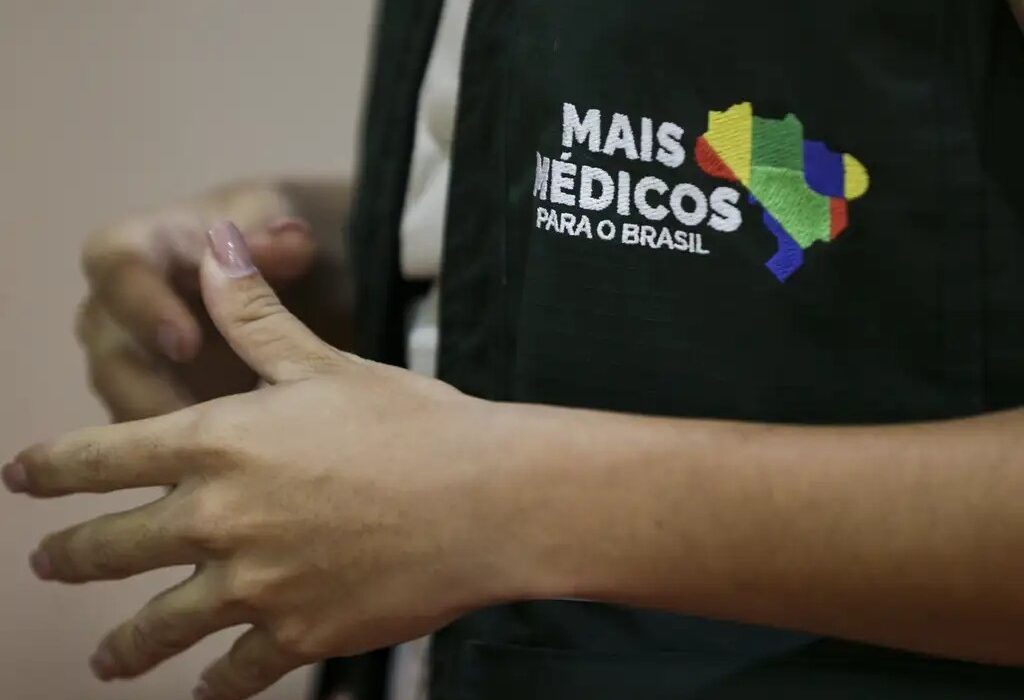In a heartening development, the Vale do Paraíba, Litoral Norte, and the Bragantina region welcomed a much-needed boost with the arrival of 29 new professionals from the Mais Médicos program. This influx of medical personnel aims to bolster primary healthcare coverage in areas facing significant social vulnerabilities. The broader context reveals that across the state of São Paulo, a total of 448 new doctors have been deployed as part of this initiative, as reported by the Ministry of Health.
Among the 46 cities in the region, 13 will benefit from additional medical support, with notable mentions such as São José dos Campos leading the way by welcoming 6 new professionals. Following closely are Jacareí and Taubaté, each receiving 4 doctors, while Caçapava saw an addition of 3 medical practitioners to its healthcare workforce. The distribution of these professionals underscores a strategic allocation to address specific healthcare needs across various municipalities.
The strategic placement of these new medical professionals reflects a concerted effort to bridge healthcare gaps and enhance access to quality medical services, especially in underserved communities.
The allocation of these healthcare professionals nationwide aligns with the findings of the Demografia Médica 2025 report, a collaborative effort by the Ministry of Health, University of São Paulo (USP), and the Brazilian Medical Association (AMB). This study evaluates the current physician-to-population ratio in different regions of the country, guiding the targeted deployment of medical resources. The Mais Médicos program prioritizes regions with heightened social vulnerabilities and limited healthcare resources, ensuring that areas with the greatest need receive adequate support.
By focusing on regions with lower physician density and greater social vulnerabilities, the Mais Médicos program plays a crucial role in promoting equitable access to healthcare services for all segments of the population.
The distribution of program vacancies predominantly targets vulnerable regions in small (75.1%), medium (11.1%), and large (13.8%) municipalities, emphasizing the program’s commitment to reaching underserved populations across diverse settings. With a far-reaching impact, the Mais Médicos initiative currently provides medical assistance to over 63 million Brazilians nationwide. Despite the ongoing efforts to recruit 28,000 professionals, the program presently boasts approximately 24,700 active doctors serving in 4,200 municipalities, covering a staggering 94% of the national territory under its healthcare umbrella.
As the Vale do Paraíba and the Bragantina region benefit from the addition of 29 new healthcare professionals through the Mais Médicos program, the ripple effects of this initiative extend far beyond mere numerical figures. This concerted effort not only addresses immediate healthcare needs but also underscores the broader commitment to ensuring that quality medical services reach every corner of the country. By strategically placing medical professionals in areas with the greatest need, the Mais Médicos program serves as a beacon of hope, promoting health equity and access for all.

